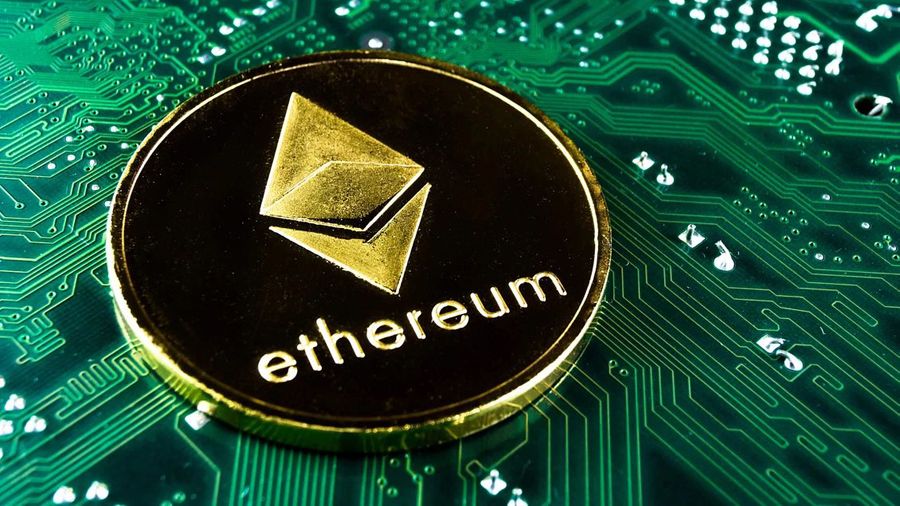On August 14th, unplanned forks occurred on the Ethereum 2.0 testnet – Medalla. The Prysmatic Labs development team has found a solution to fix a bug that disrupted Medalla.
Medalla’s testnet was launched on August 4th. Its goal is to enable the transition to a Proof-of-Stake (PoS) algorithm. About 26,000 validators joined the testnet, and users transferred over 830,000 ETH to the testnet.
According to TrustNodes, on August 14, Medalla experienced unscheduled forks – the network split into four chains. The difficulties arose due to problems with the third-party CDN service Cloudflare, which is used by the Prysm client.
Problems accessing Cloudflare lasted four hours, so internal node times changed by about the same period. Some of the validators began to transfer blocks that have not yet been released for other nodes. In addition, the validators were unable to process blocks correctly and receive rewards.
As a result, the testnet blockchain broke into several chains, as some nodes were “stuck” behind for several hours. This resulted in numerous requests from the parent chain for synchronization. The number of testnet participants who successfully confirm blocks dropped from 75% to 5%. It later turned out that Prysm did not have alternative functions that would allow it to keep track of time correctly even in the event of a service problem.
The Prysmatic Labs team has unveiled the Alpha.22 solution that can address the current sync issues on the Medalla testnet. Several more malfunctions were previously eliminated. The developers tweeted that they would need any help getting Medalla back up and running. To add more healthy peers to the network, they recommended upgrading the nodes.
Prysmatic Labs co-founder and Ethereum protocol developer Preston van Loon emphasized the importance of using the testnet to detect and fix these kinds of bugs before the Ethereum 2.0 mainnet goes live.
Last month, creator of Ethereum wallet MyEtherWallet, Kosala Hemachandra, said that full deployment of Ethereum 2.0 should not be expected until 2022. He believes there is a need to take a cautious approach to triggering an update when it comes to custom funds and immutable blockchain.







